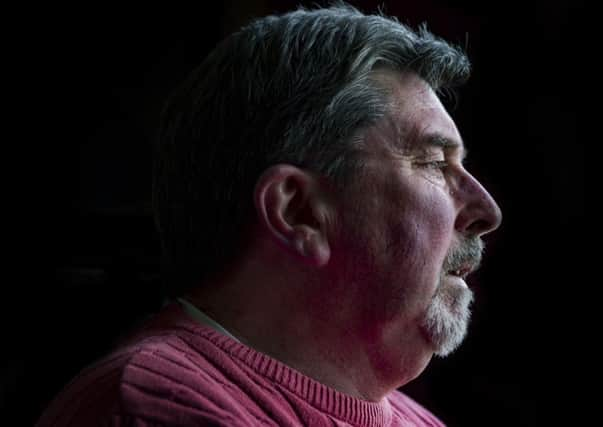YP Comment: Evil that still lurks among us


KNOWING that the man who subjected him to the most appalling abuse during his childhood is at last behind bars might just offer some comfort to Roy Blanchard. The fact that he has waited four decades to see such justice delivered, however, suggests it will be a crumb at best.
For in the intervening years, Mr Blanchard has been condemned to serve his own life sentence. His experience derailed his education and as an adult he grappled with alcoholism, doubtless in an attempt to drown his demons and the memories of the terror that clouded his formative years.
Advertisement
Hide AdAdvertisement
Hide AdThe man responsible for all this, Kenneth Endersby, was a monster. Even worse, he was a monster whose position as a choirmaster afforded him protection from the Church of England. When told of the abuse, local vicar Raymond Ward condemned Roy as a liar and a “filthy, disgusting and degenerate boy”.
The Church has since taken great strides toward ensuring that any inappropriate conduct is exposed, rather than concealed. It is also important to acknowledge that abuse arises in a variety of settings and that the Church is full of kind people who perform sterling work on a daily basis.
Yet while it would be reassuring to believe that such abuse could not possibly go undetected today, we know that is simply not the case. The Rotherham scandal underlined in the starkest terms that the dangers faced by Roy Blanchard almost half a century ago still stalk youngsters today, and could in fact be even greater. And in that instance the authorities were once again found wanting.
Despite Rotherham, Yorkshire was the first region to take child sexual exploitation seriously and remains at the forefront of efforts to tackle the issue. However, to do so places a heavy but inescapable responsibility on police forces and demands a pro-active approach that unites schools and other institutions, social workers and specialist officers in shining a light on those who commit unspeakable crimes beneath a cloak of respectability.
Loneliness: a call to arms
Advertisement
Hide AdAdvertisement
Hide AdTHE growing body of evidence surrounding the harmful effects of social isolation was a key reason for this newspaper launching its Loneliness: The Hidden Epidemic campaign two years ago.
It was an attempt to help drive the subject out of the shadows and spread awareness that without action, the rising tide of loneliness and the accompanying increase in demand for health and social care services could engulf our public services.
That motivation is given further credence by the findings of researchers from the University of York that people who feel lonely or socially isolated are at increased risk of developing coronary heart disease and stroke.
It is research which underlines the importance of taking the issue seriously and ensuring it occupies a prominent position on the elderly agenda – which, as revealed during The Yorkshire Post campaign, nine authorities across the region were failing to do.
Advertisement
Hide AdAdvertisement
Hide AdThe truth is that everyone has a part to play in ending the epidemic of loneliness – whether it be individuals, communities, or the many different local authorities that serve Yorkshire.
A cross-party commission headed by Batley MP Jo Cox will now bring together experts in the field, as well as a representative of The Yorkshire Post’s campaign, to investigate the scale of the crisis and the range of responses we, as a country, must make to it.
As the weight of evidence around loneliness continues to grow, so the need to tackle it becomes ever more pressing.
Brontë landmark
MANY novelists toil for recognition during their lifetime and never achieve it. Charlotte Bronte is still making waves more than 160 years after she wrote her last book.
Advertisement
Hide AdAdvertisement
Hide AdTomorrow marks the bicentenary of the birth not only of arguably Yorkshire’s best-loved author, but one of the greatest writers Britain has ever produced. In the Yorkshire village of Haworth, where she and her family lived for most of their lives, there will be celebrations not only for Charlotte, but for her sisters, too.
It was at the parsonage, now home to the Brontë Parsonage Museum, set against the majestic backdrop of the bleakly beautiful Yorkshire moors, where Charlotte, Emily and Anne wrote the wonderful, beloved books that have inspired generations of readers.
Together, they were not only literary trailblazers but created a legacy that shapes our lives today and will continue to do so for many years to come.